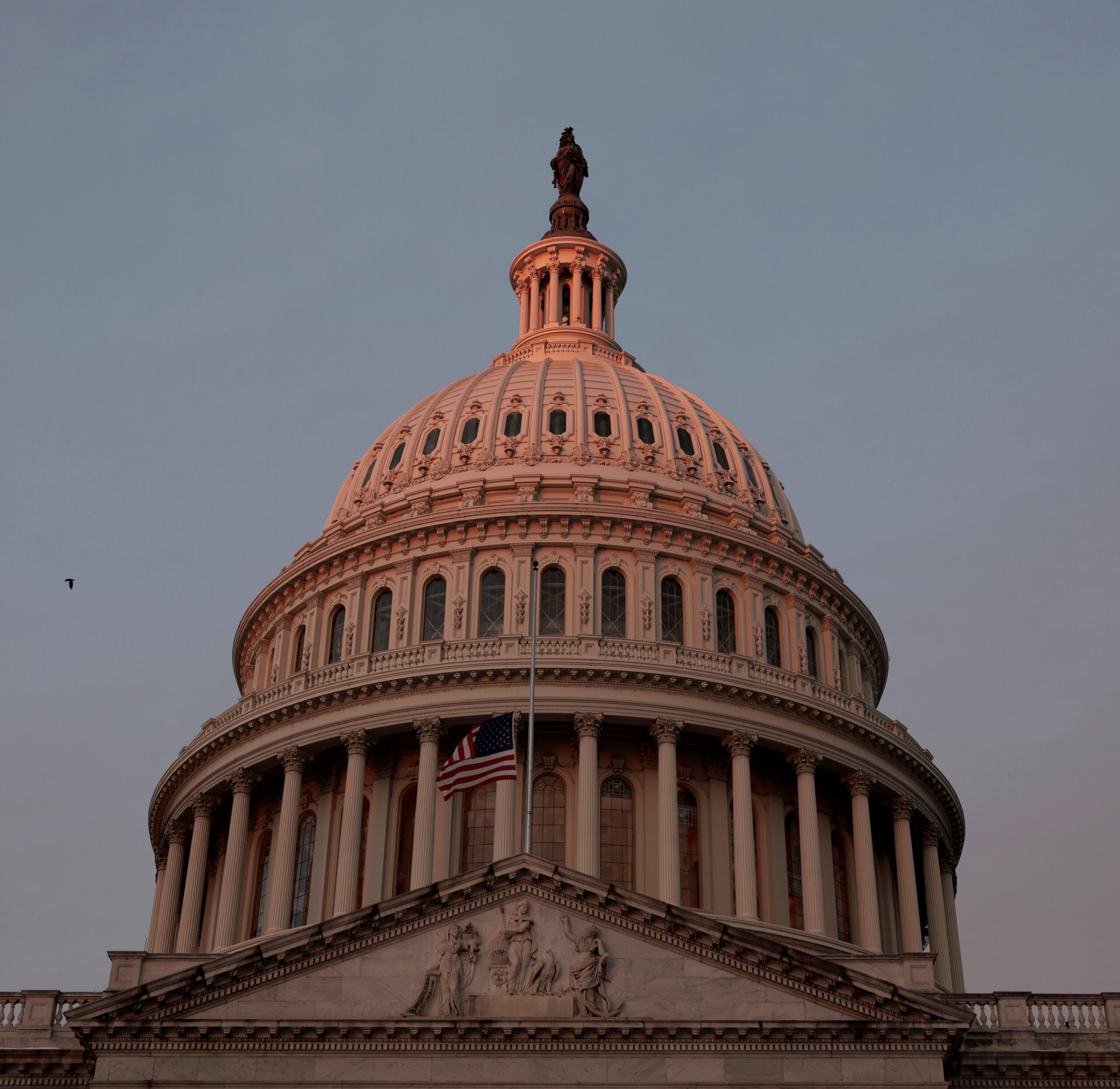The Supreme Court’s overturning of Roe v. Wade in 2022 changed the course by leaving the legal right to an abortion up to state governments. The result? Fourteen states, including Oklahoma, Tennessee, and Texas, instated near-total abortion bans since then, while others (like Vermont and Michigan) have put more protections in place to preserve the right to an abortion.
One major way some states have put these protections in place is through codification, which is defined as the process of compiling a set of rules into a “formal code.” In action, this looks like writing something into law, but doing so will look different in each state.
How can states codify abortion?
State legislatures always have the right to codify by proposing and approving new legislation, but in half the country, citizens have avenues to codify as well. Seven states, including Ohio, Kansas, and Montana, have already directly voted on abortion access since 2022. States like California, Vermont, and Michigan voted to pass a constitutional amendment that guarantees the right to an abortion, while states like Kentucky and Ohio rejected changes to their respective state constitutions that would’ve made it more difficult to protect abortion access.
This process can look different depending on your state. Twenty-three states, including Florida, Ohio, and Arizona, let citizens propose “citizen initiatives,” which allows them to include proposed laws or constitutional amendments on a ballot during an election year. However, only some states, like Arkansas, California, and Missouri, allow the inclusion of proposed constitutional amendments too.
There are two types of citizen initiatives: direct and indirect. Both require a minimum amount of citizen signatures to be considered, but the specific number varies by state. Direct initiatives put the proposed, approved initiative directly on a ballot for citizens to vote on. Indirect initiatives let approved initiatives go straight to a state’s legislature to either enact, reject, or amend. If the initiative is rejected, then it’s placed on a ballot for citizens to directly vote on—with the exception of Massachusetts, Ohio, and Utah. In those three states, the group proposing the initiative has to collect additional signatures to get it on the ballot. Nineteen states have direct initiatives, while nine have indirect (but some states offer both).
Another way to codify abortion protections is through a popular referendum, which lets voters approve or repeal a decision from their state’s congress. There are more rules around referendums, and the process can be lengthy. First off, not all subject matters are up for debate for a referendum. Only four states — Arkansas, Idaho, Maine, and North Dakota — have no restrictions on what laws can be brought forward for a popular referendum. Second, each state has different guidelines proponents must follow, including signature and sponsor count. Some states require as little as five signatures to get approved. Twenty-three states offer this option to voters, and they all also offer citizen initiatives except two (Maryland and New Mexico). Check to see if your state allows for citizen initiatives or popular referendums here.
Getting an initiative or referendum added as a ballot measure in the first place is difficult. Many proponents have been slapped with lawsuits and complicated guidelines and application processes. In this election cycle, a reproductive right’s group in Arkansas failed to get an abortion protection initiative on the ballot after the state’s Supreme Court ruled that some signatures couldn’t be counted.
If an initiative or referendum is approved, voters will directly cast their ballot either in favor or against the proposal. For most states, a majority vote on ballot measure rules. But some states have more requirements and restrictions on what constitutes a win for both citizen initiatives and popular referendums.
Can an approved measure be overturned?
Short answer, yes. In 49 states, except Delaware, voters get to decide whether an amendment is added to the state’s constitution or not. State and federal courts can also rule that an amendment conflicts with the rest of the state’s constitution or the U.S. Constitution, making that amendment no longer valid.
What involvement does the federal government have?
Roe v. Wade was a court case heard by the U.S. Supreme Court in 1973 that ultimately legalized abortion at the federal level. As we saw in 2022, since abortion rights weren’t codified, they were able to be rolled back by new justices on the Supreme Court. Democrats in Congress have tried multiple times over the years to get abortion protections codified at the federal level, but have ultimately failed — which has left the decision up to states.
If a state decides to codify the right to an abortion, it protects the right to an abortion in that specific state from the overturning of Roe v. Wade. If one day the federal government did codify abortion protections into law, it would override any state-level abortion laws.




















































